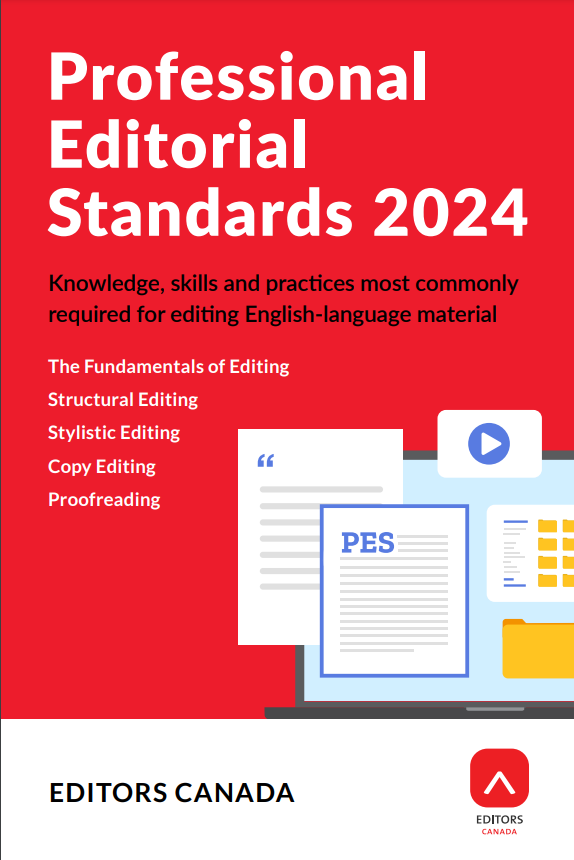Editors Canada's updated Professional Editorial Standards move our profession forward.
Writing with the right tone
 “As a senior partner, I swear I spend half my time dealing with problems triggered by a thoughtless or offensive email.”
“As a senior partner, I swear I spend half my time dealing with problems triggered by a thoughtless or offensive email.”
This is what a former consulting colleague said to me recently while we were catching up over coffee. I’d been telling him about the workshop on tone that I’d just delivered for a group of workplace writers, and he groaned at the memories of all the situations he’d had to de-escalate over his career thanks to someone’s tone-deaf email.
A few days earlier, workshop participants had shared similar experiences. As readers, they described receiving communications that made them feel lectured to, dismissed, patronized, disrespected, or confused. Yet as writers, they also confessed to writing such communications themselves from time to time. They all wanted to sound less nagging when writing about a problem, deliver bad news in a neutral way, give critical feedback without crushing someone’s spirits, and provide information without sounding condescending. The question was how.
To strike the right tone in workplace writing, we all need to consider a few things:
- Context: what the reader needs and wants from the document, the circumstances surrounding the communication, and whether the message is positive, negative, or neutral from the reader’s perspective
- Document structure: where we place the main message and how easy we make it for readers to find and use it
- Voice: the style or “personality” of the writing, especially through our use of personal pronouns, contractions, punctuation, and active vs. passive phrasing
- Word choice: the terms and expressions that tell readers, overtly or subtly, what we think about the subject and about the readers themselves
- Sentence patterns: the way we arrange words into sentences and paragraphs, especially their length and complexity
- Design: the way we present words and visual elements (such as images) in a document, as well as the nature of the images we choose
Think of these elements like the ingredients and equipment involved when cooking a dish. A little too much spice or the wrong oven temperature can completely alter, even spoil, the taste of a dish. Similarly, ignoring or mishandling any of the above elements can completely alter, even spoil, the tone of a document.
The next time you write a document, think about how its tone might make your readers feel, and how that could affect what they do (or don’t do) next. Think about the context of your communication and how you can revise the document’s structure, voice, word choice, sentence patterns, and design to achieve a more productive tone for the situation.
Revising a document for tone might take a bit more time upfront, but it will save everyone time and effort in the long run. As the ISO plain language standard says, tone is ultimately about respecting the reader and getting things done. “If readers interpret a document’s tone as respectful of their needs and situation, they are more likely to read it and do as the authors intend.”



